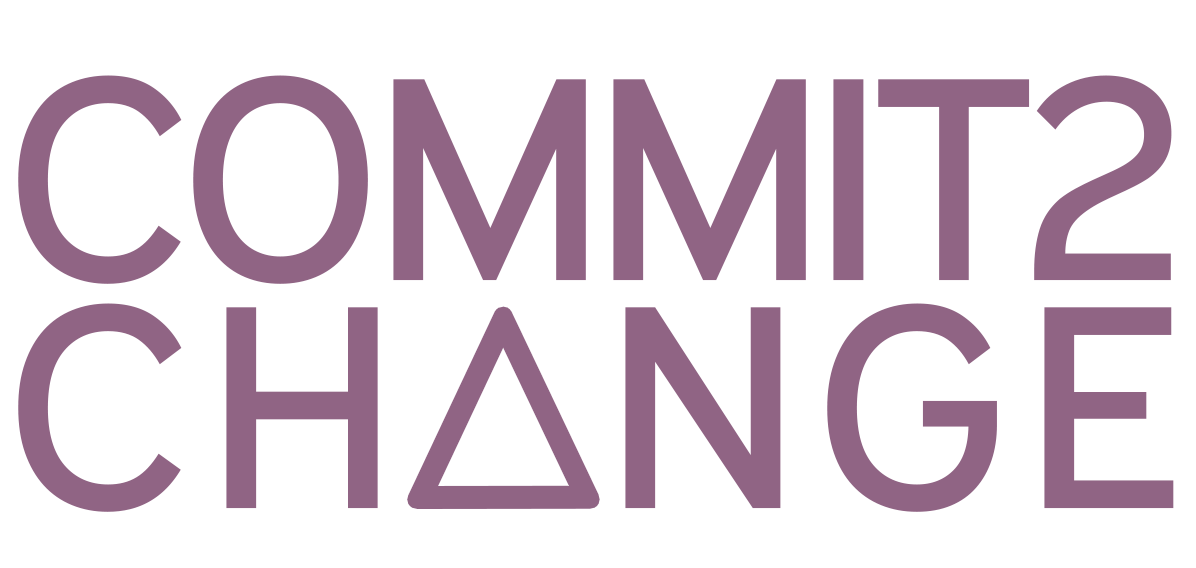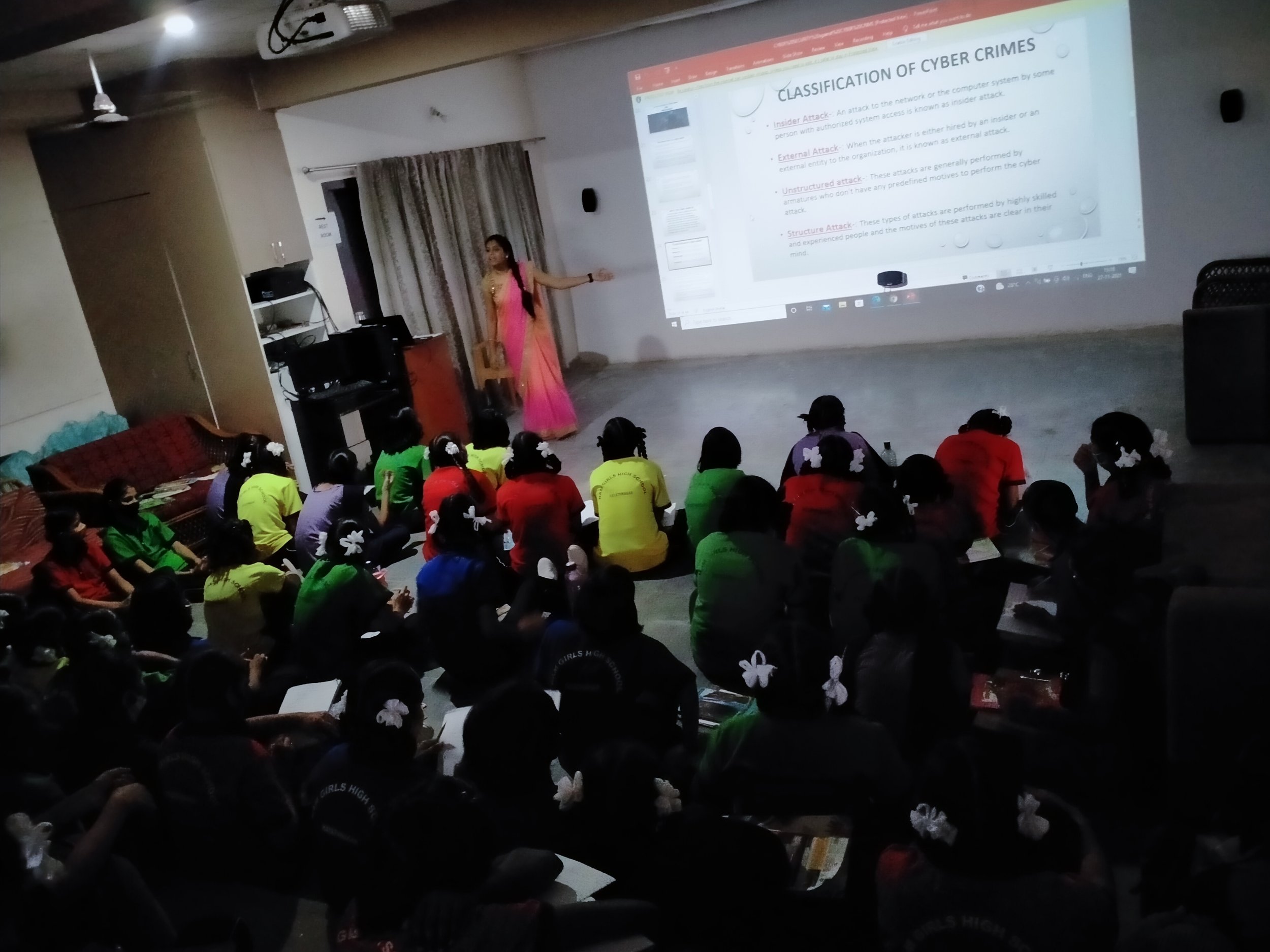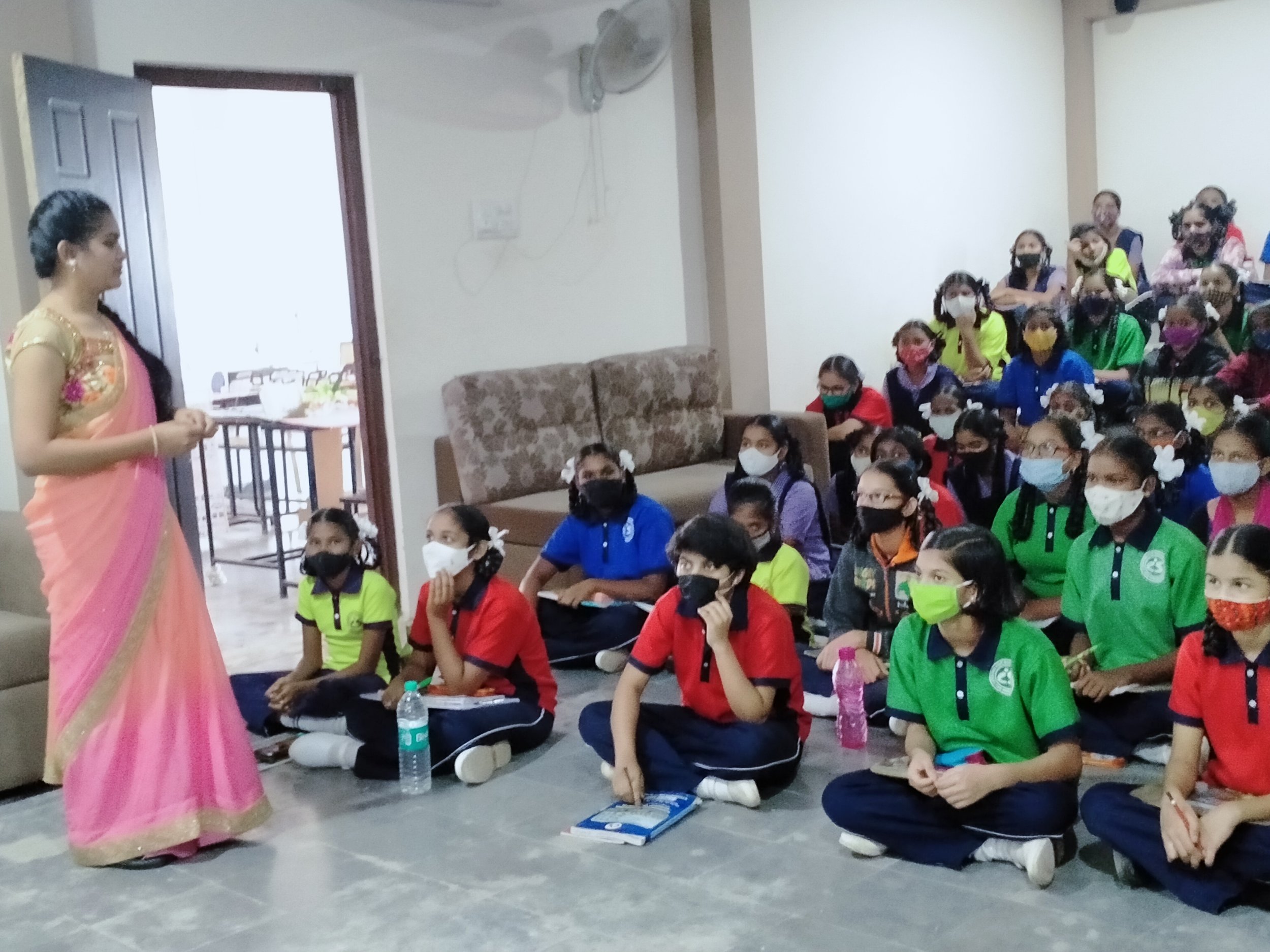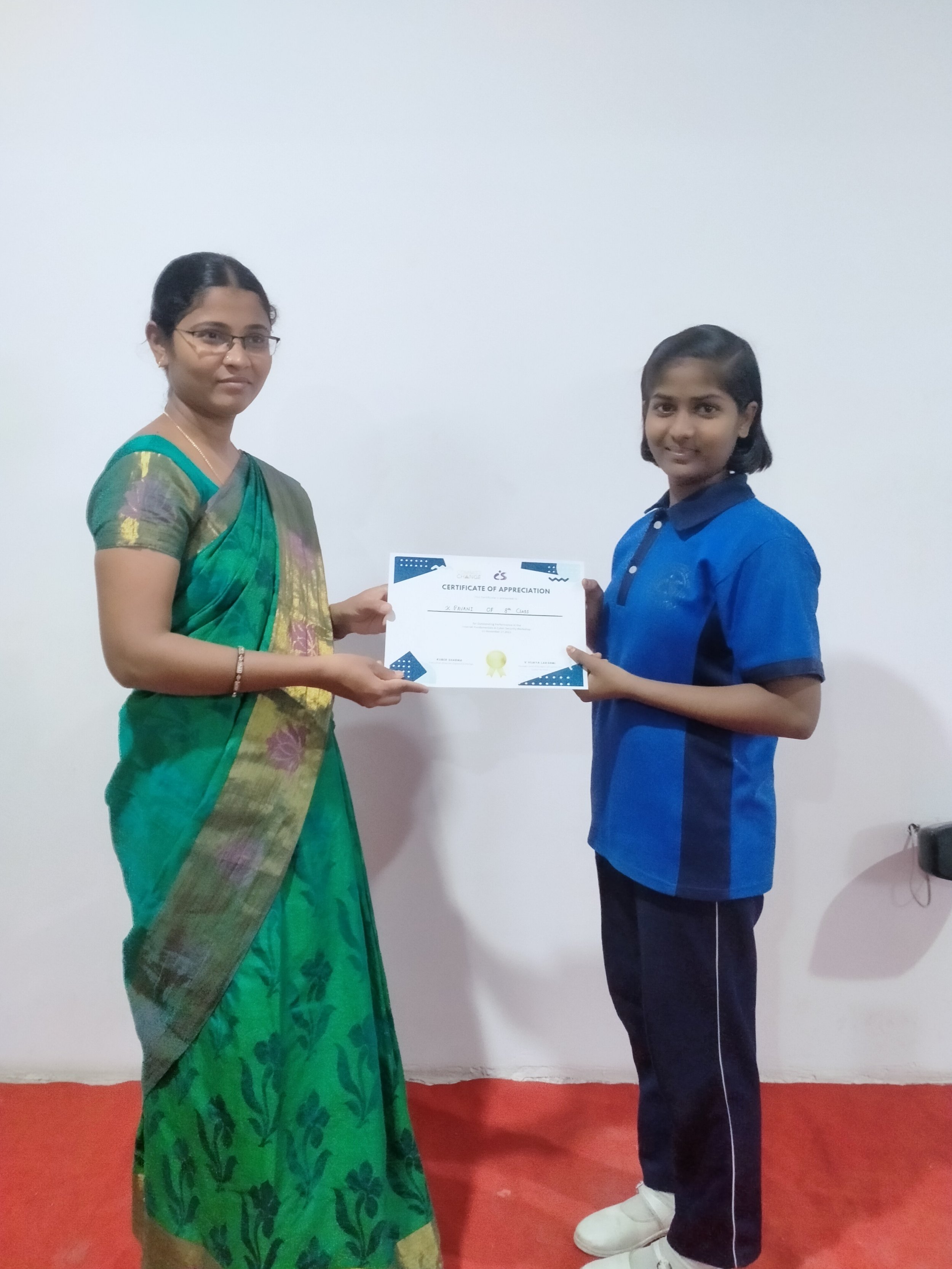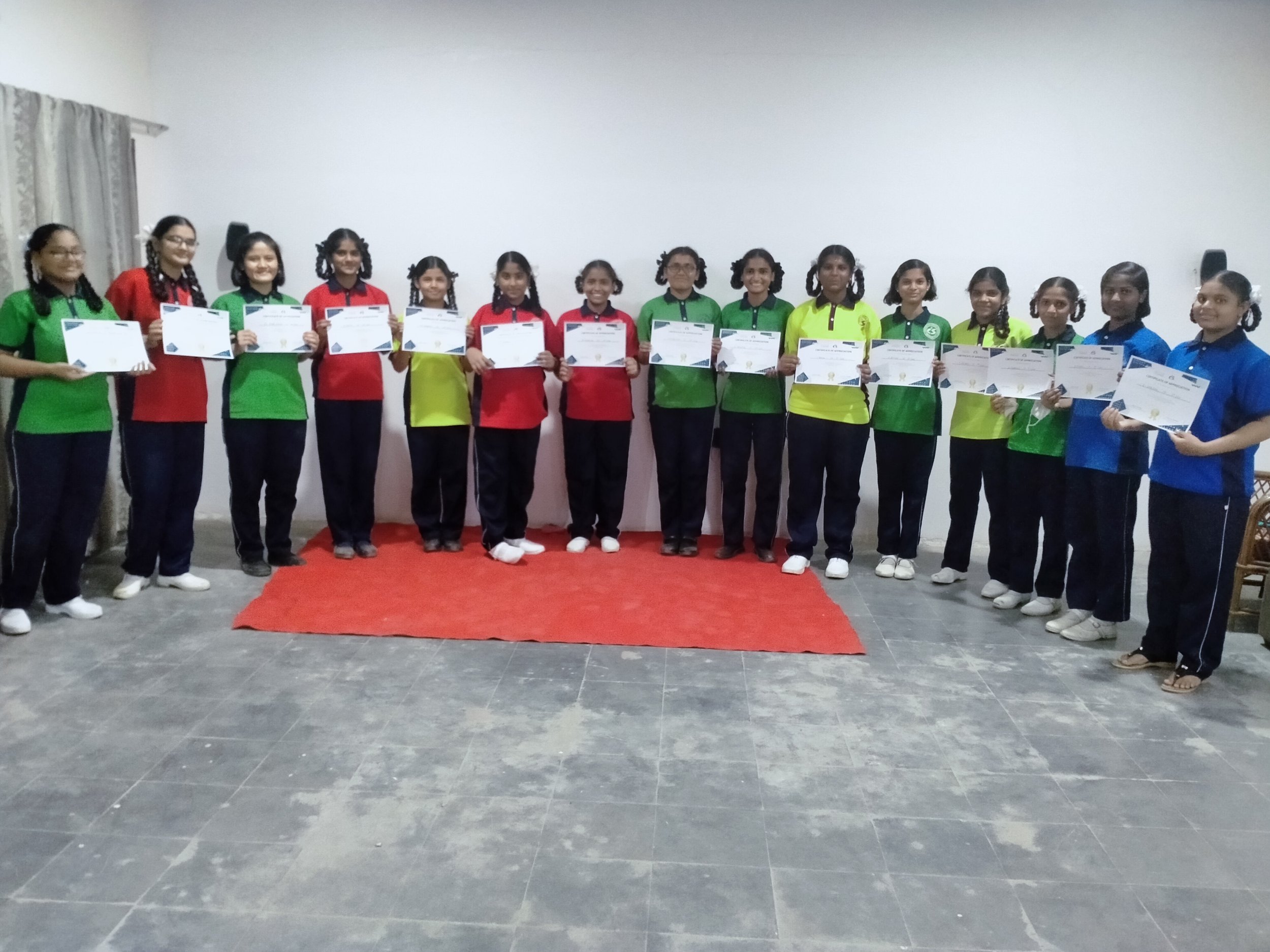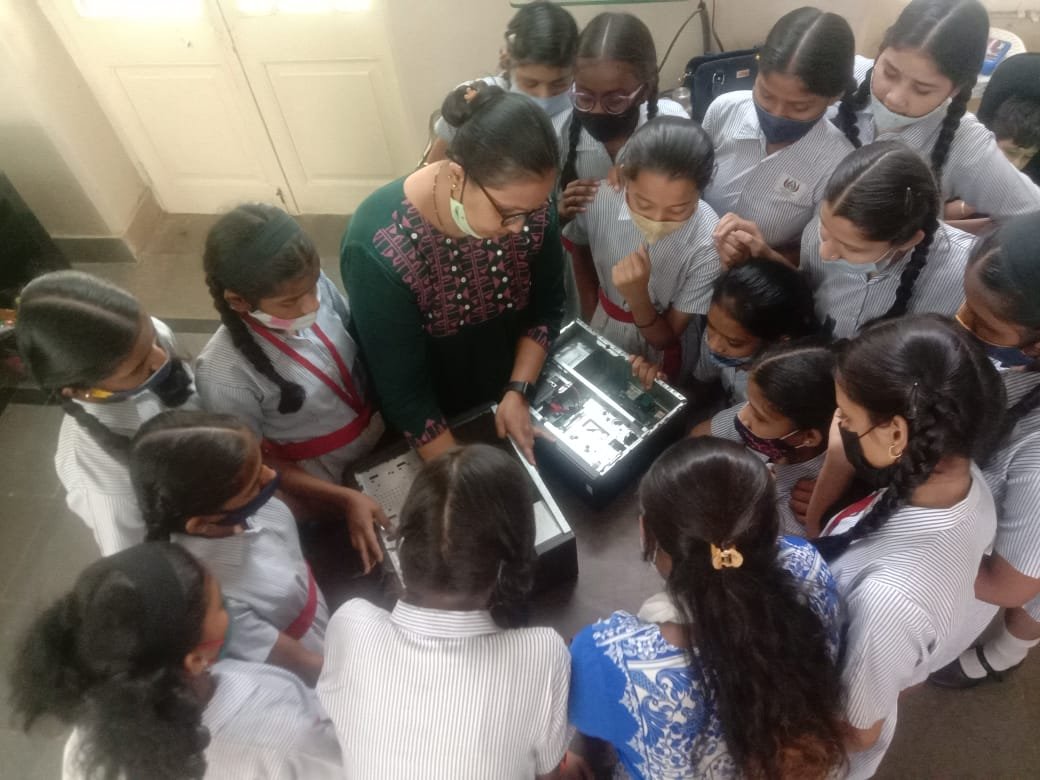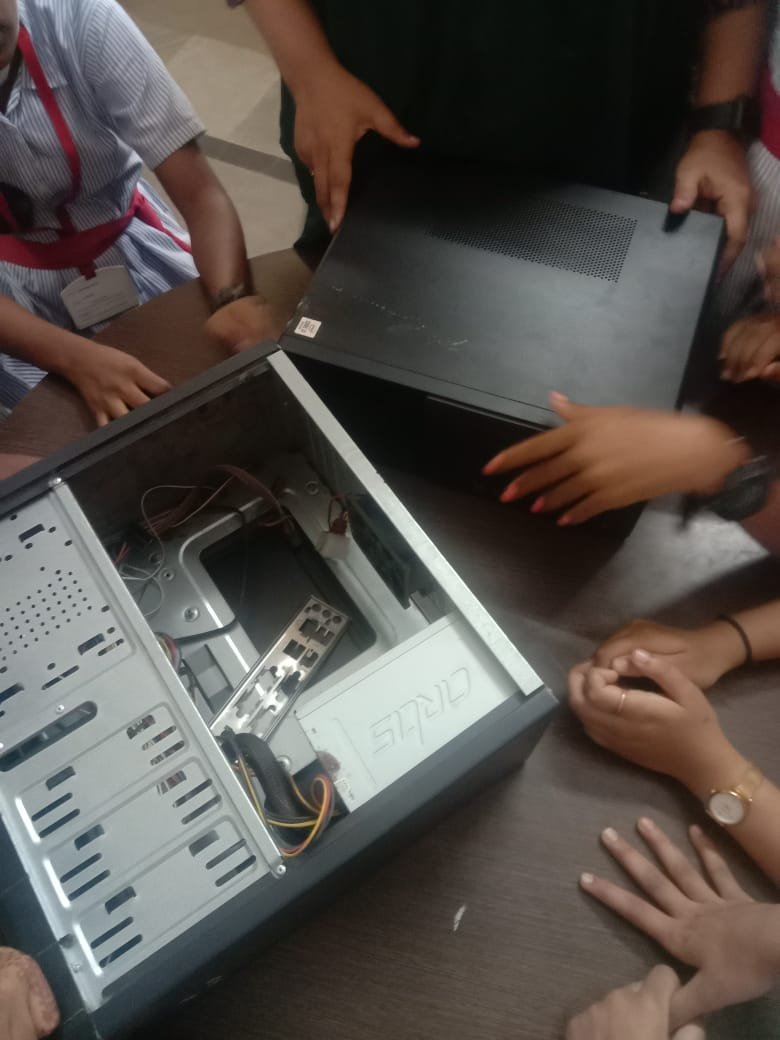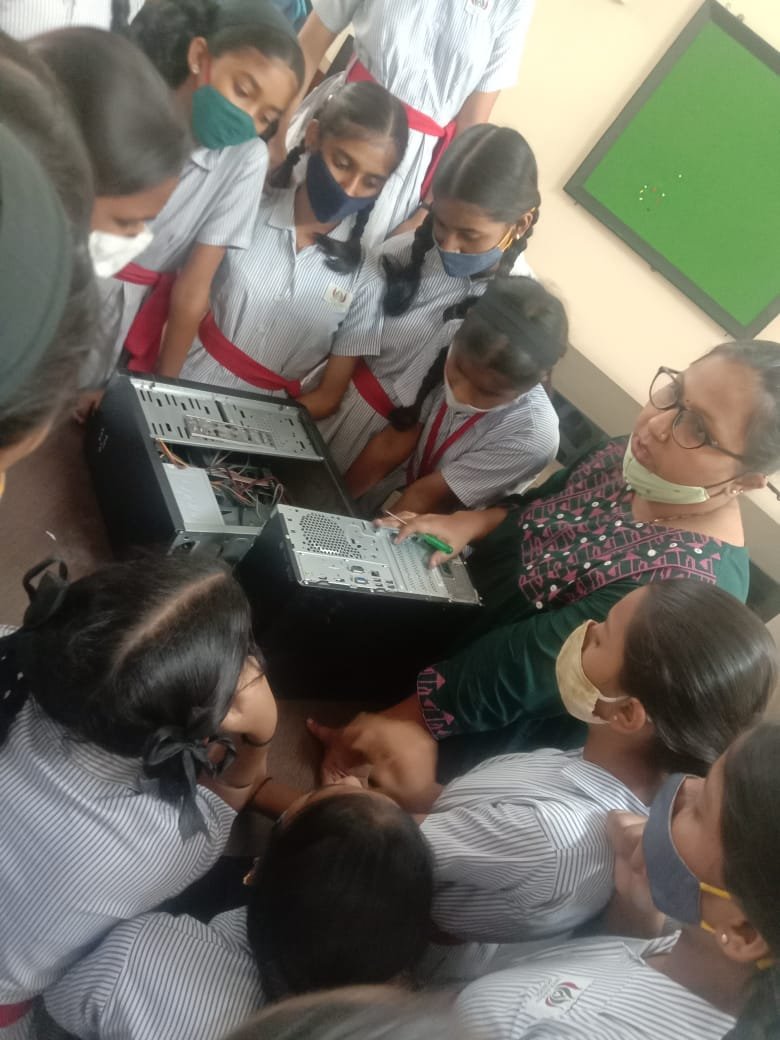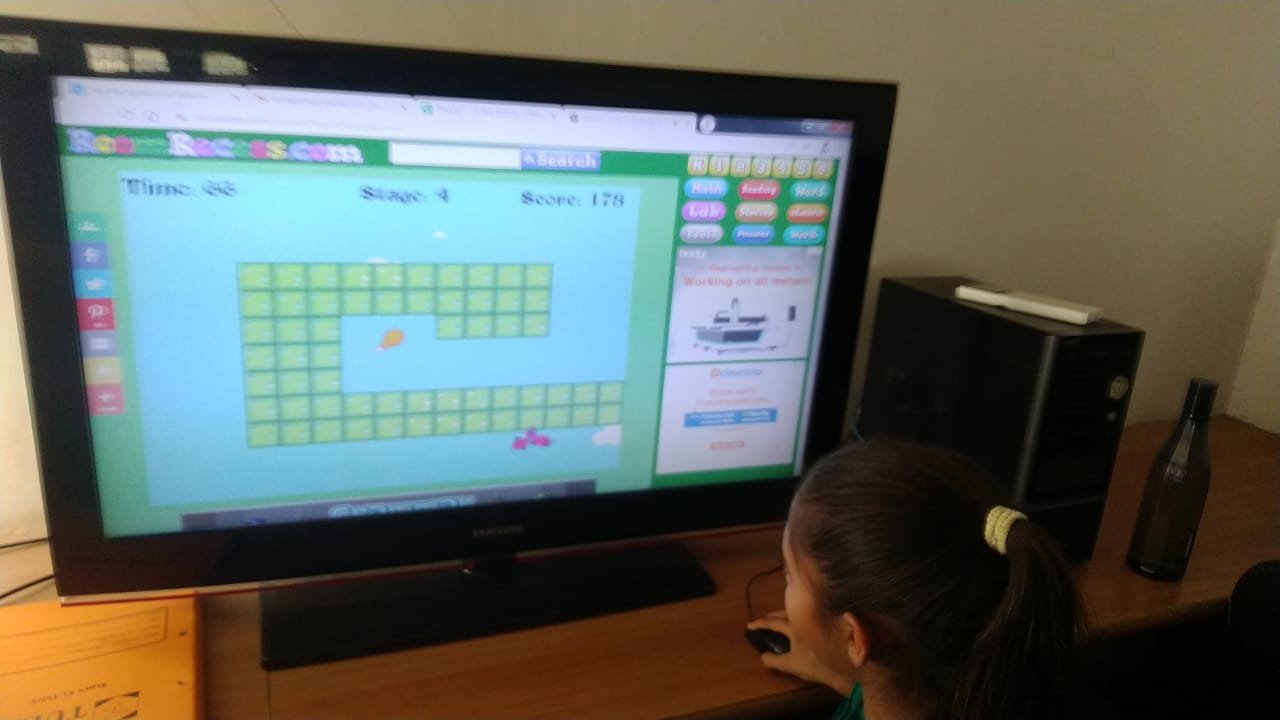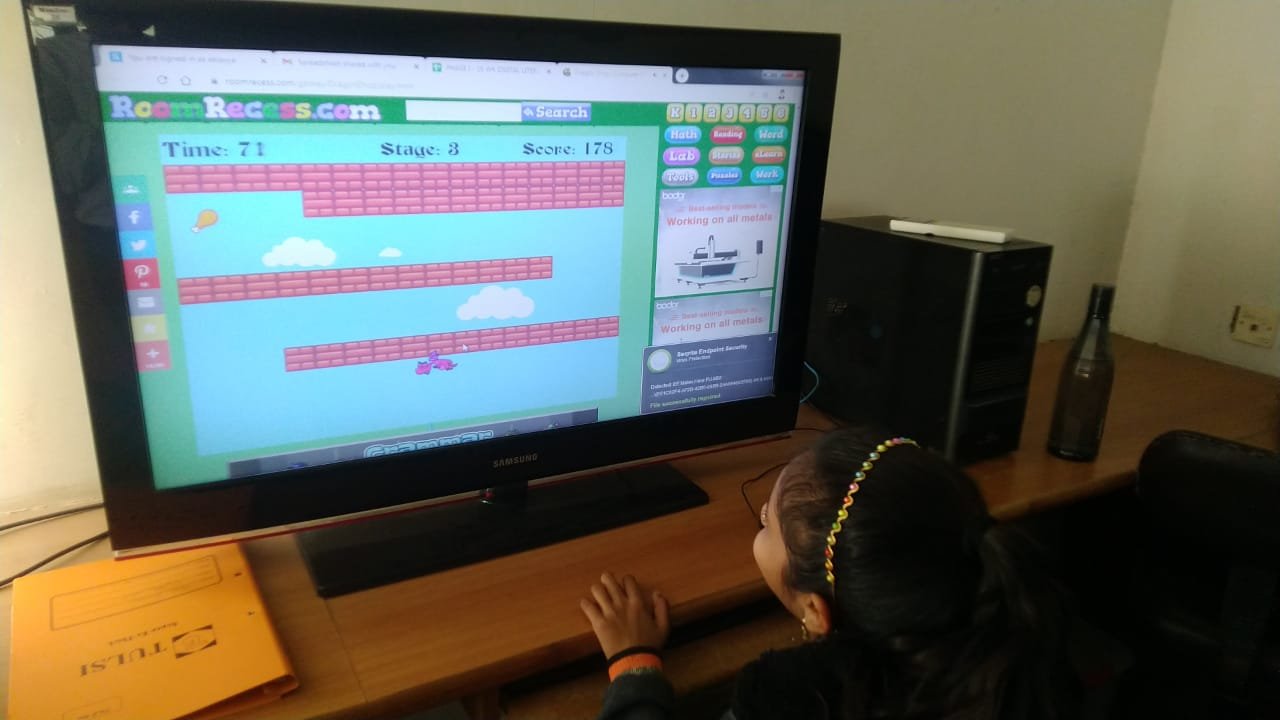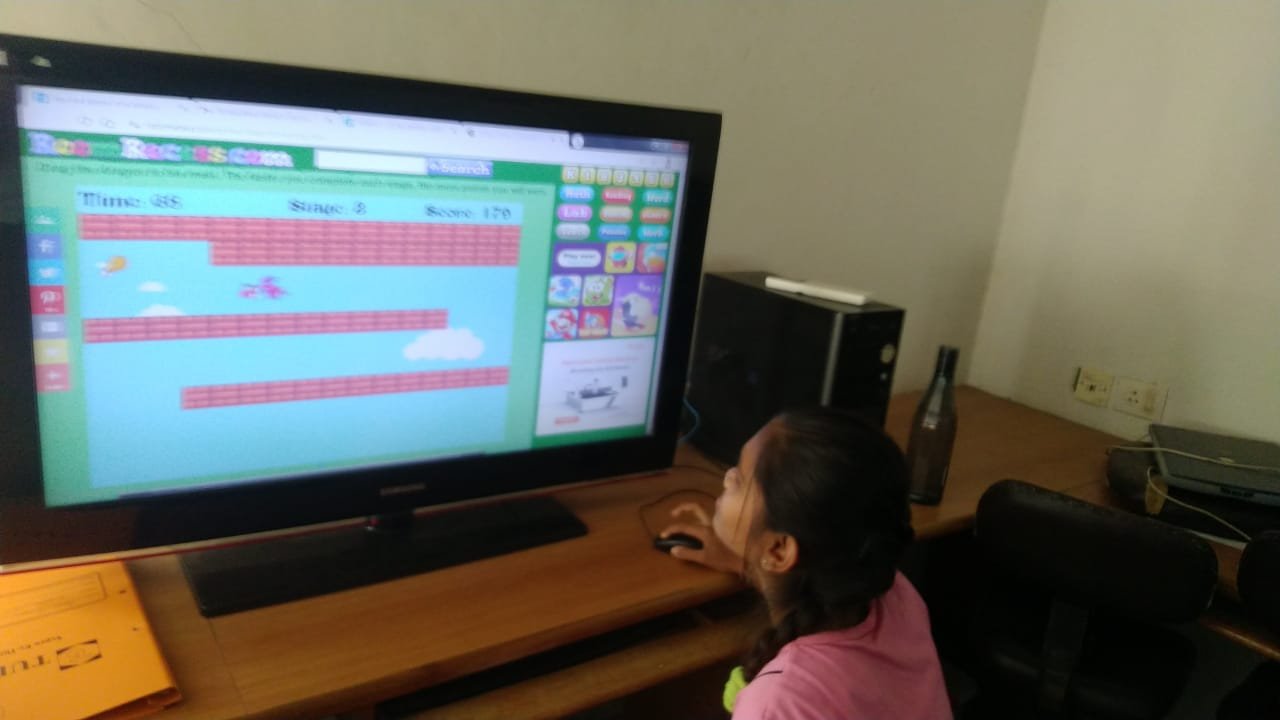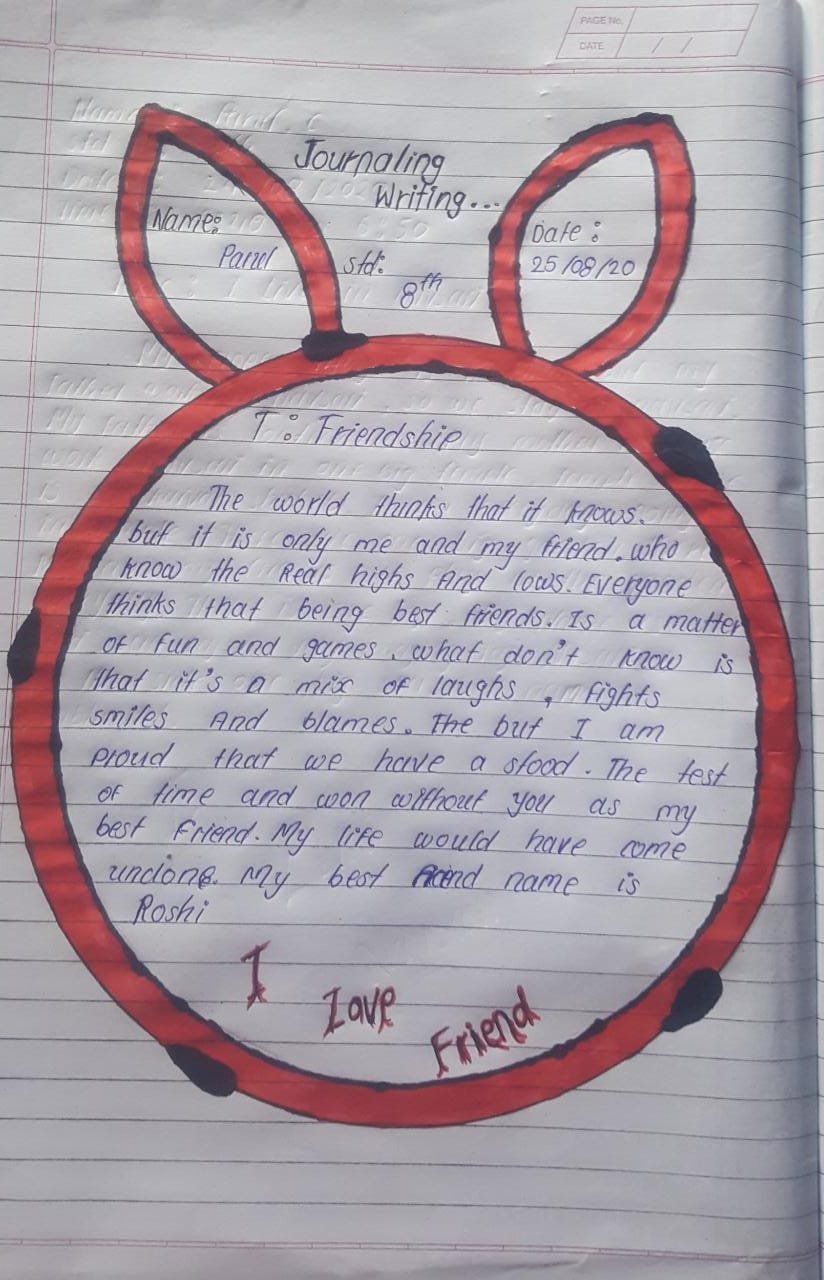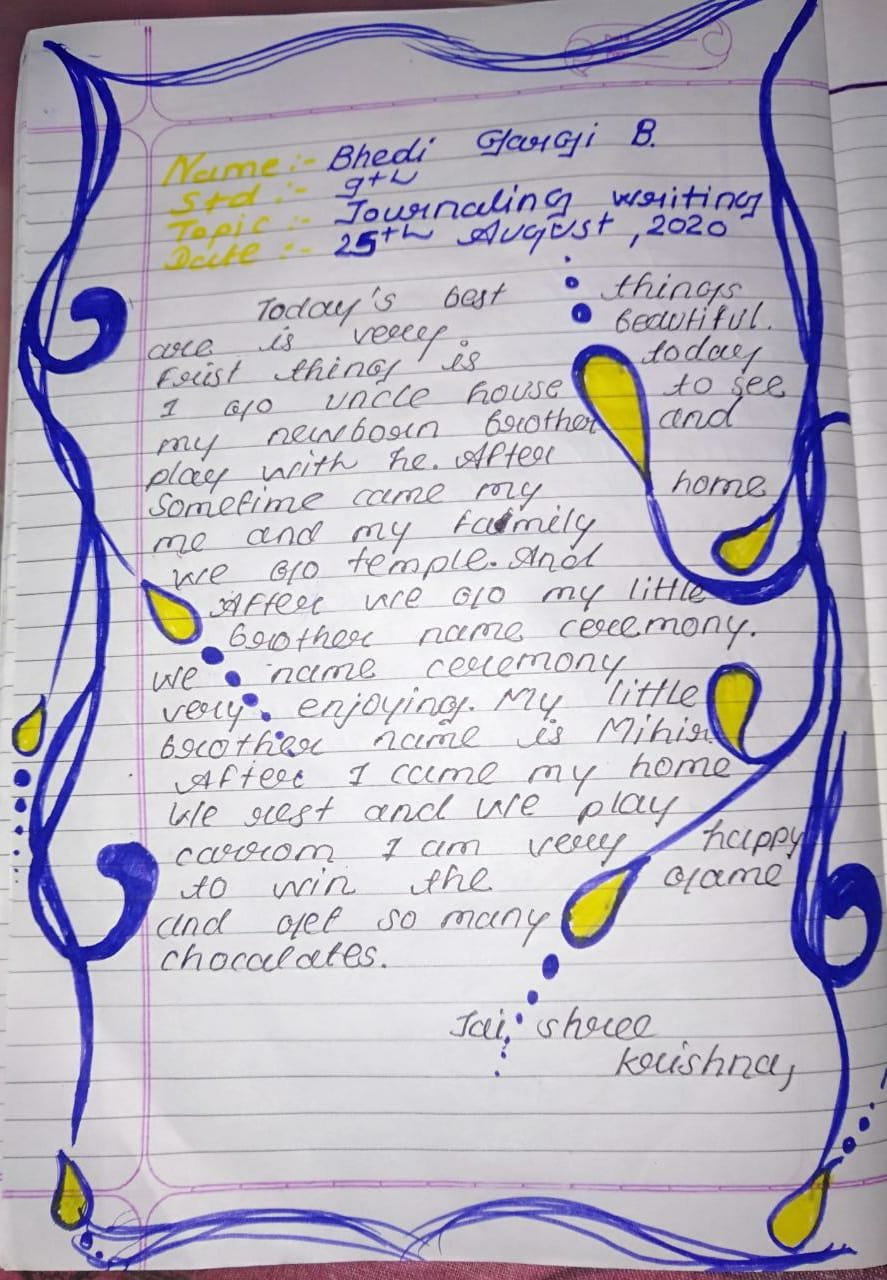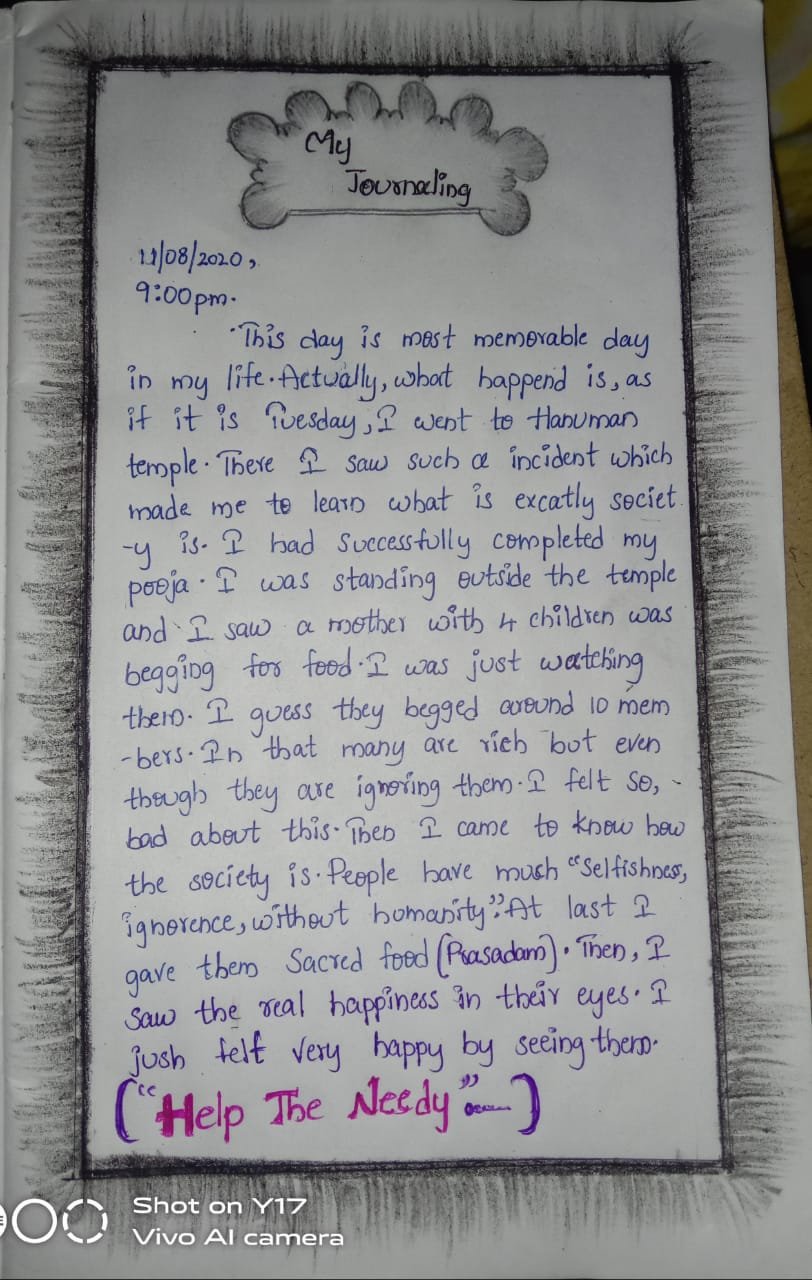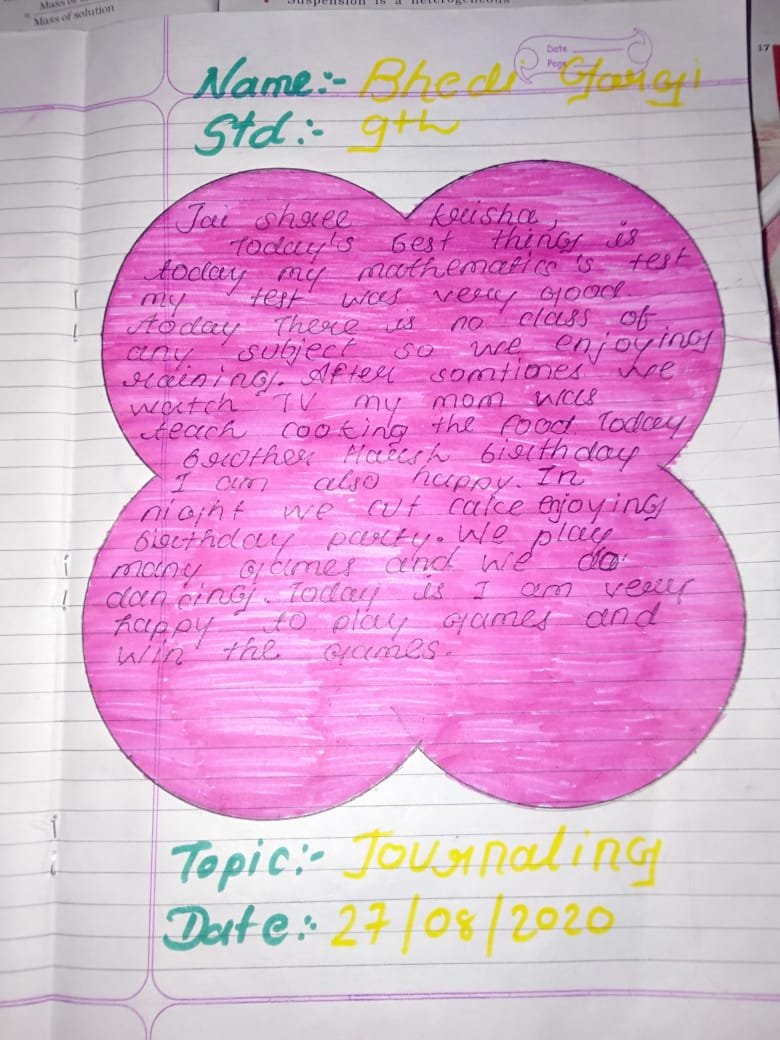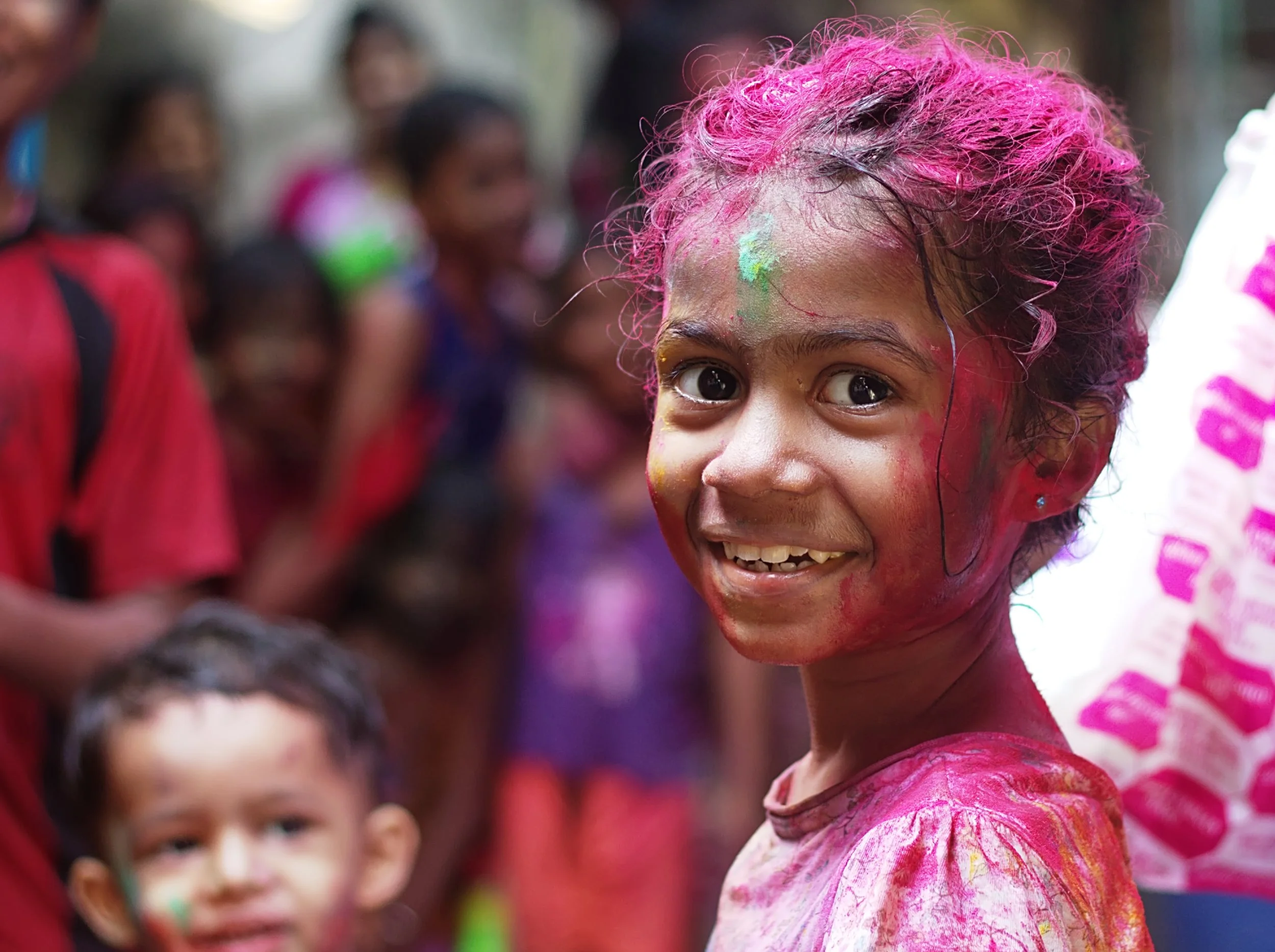C2C empowers girls with the skills and knowledge necessary for a successful, fulfilling future. Our mission includes an emphasis on STEM programming, which is especially pertinent in the wake of the pandemic as the worldwide demand for technology and digitization has risen dramatically. As a result, the tech industry in India provides increasingly advantageous opportunities for our proactive, engaged students.
In strengthening the C2C curriculums, we have expanded our programs to address current IT issues, teach hands-on tasks, and encourage creativity. By combining tech programs with our life-skills training, we provide girls with the essential tools for gainful employment, personal safety and security, critical thinking, and overall well-being.
Cyber Security Workshop
On every level of society–from individuals to corporations–cyber security is a complex, ongoing concern. In late 2021, C2C provided our teenage students with a series of Powerpoint and video webinars to raise awareness about the ways in which their online activities–and areas of their personal lives–can be compromised. We addressed issues such as password and social media management, phishing, identity theft risks, and online payment methods.
By knowing how to take necessary precautions while online, girls are better able to protect themselves from malicious cyberattacks. In addition to increasing their confidence in the digital world, this proactive awareness encourages the girls to use problem-solving and critical-thinking skills.
Anatomy of PC systems
In December 2021, C2C provided girls aged 13-16 with workshops on assembling and disassembling PC-based computer systems, including the CPU. This activity is often used in computer labs across India as a training tool. By taking apart and putting together the computer, girls learned about the different components of the system and worked with specific tools and technical equipment. They also learned about software applications, such as how to install the Windows 10 operating system in PCs. This understanding of how systematic computer operations work adds yet another building block to the C2C girls’ educational and practical skills foundation.
Learning Programming via Gamification
Learning programming via gamification, an ongoing activity in C2C’s Techlab curriculum, strongly encourages the expression of ideas and creativity. Students employ Scratch, a free, easy-to-use, block-based programming tool. Used in many school systems throughout the world, Scratch is often a novel and innovative learning tool for the underprivileged girls served by C2C. Scratch users can create interactive stories, games, and animations, then share their favorite creations with a vibrant, global online community.
By using Scratch, C2C girls learn to think creatively, reason systematically, and work collaboratively—all essential skills for the 21st century. To streamline the learning process, C2C provides notes, interactive projects, worksheets, and assignments for different levels. C2C girls use Scratch in a wide range of activities involving space, time, trigonometry, geometry, loops, conditional sequencing of tasks, etc. By understanding the intricacies of programming, girls develop a greater interest in technology-related careers.
C2C’s fusion of technology with life-skills training provides girls with both the knowledge and confidence necessary to pursue their future careers. C2C’s programs also align with the employment needs of the country, opening up a world of opportunities for girls and giving them the power to choose their own life’s path.
